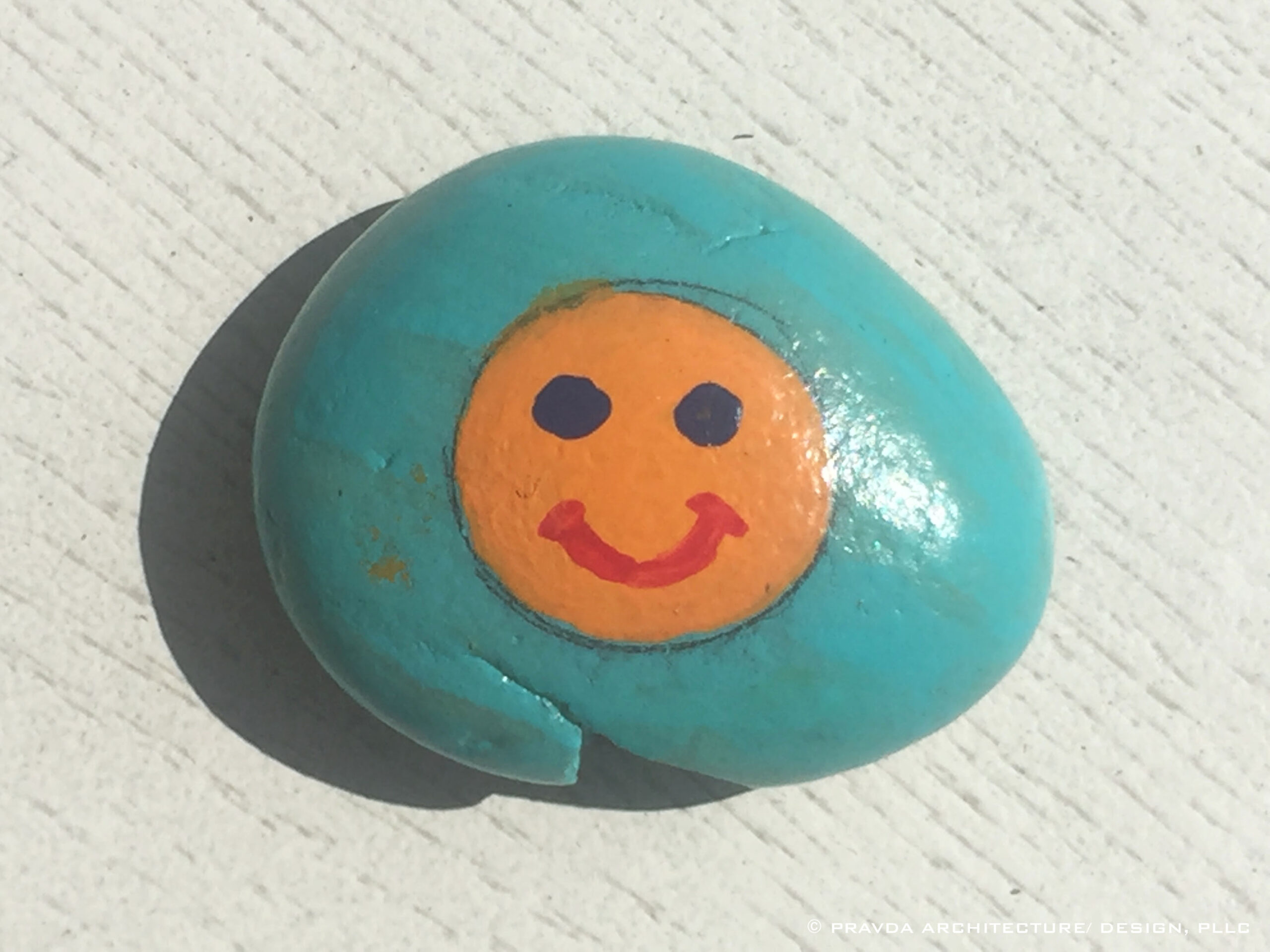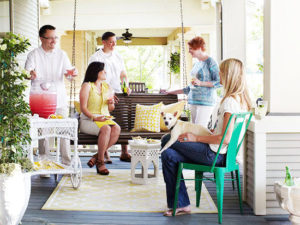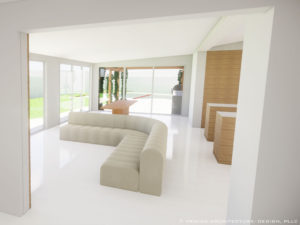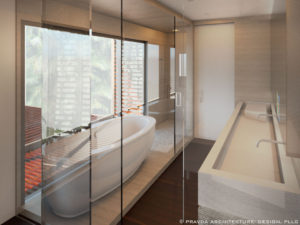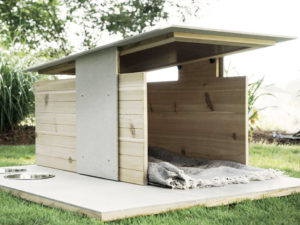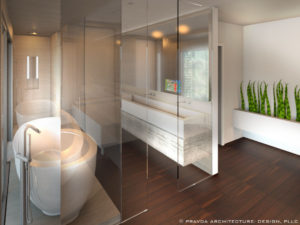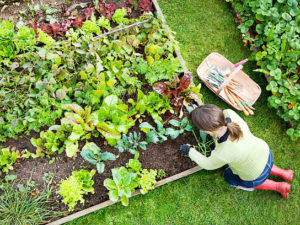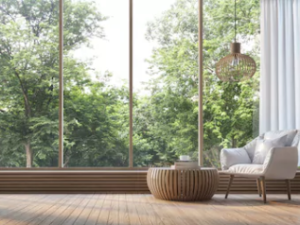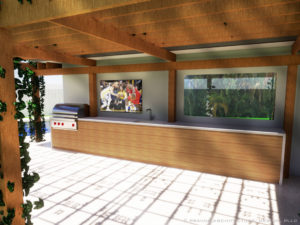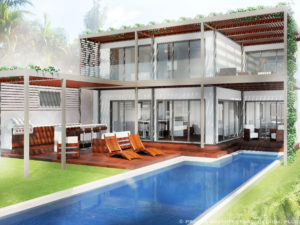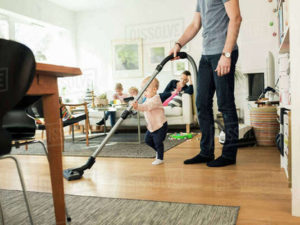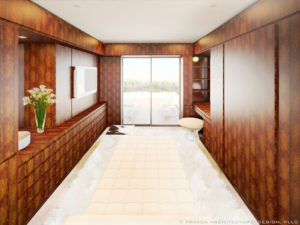- test :
“If you’re happy and you know it, clap your hands!” …Did you clap twice? If not, go back, sing it aloud, and clap! 🙂
The unfortunate reality is that many people aren’t clapping their hands. The latest stat from the CDC is that suicides are up 30% between 2000 and 2016, and a few of the people included in that stat were ol’ friends of mine. How I wish I could tell them that they are loved! -But I can’t. What I can do is share my knowledge on how to improve your mental health! While there are undoubtedly a multitude of factors, contributing to our mental health epidemic, Dan Buettner, author of The Blue Zones of Happiness, concluded that where you live is the most important factor in your resulting happiness. He states, “If happiness were a cake recipe… the most important ingredient in that cake recipe, the variable with the most statistical variability, is where you live.” Thus, the best way, empirically shown, to foster happiness and positive mental health is through shaping the spaces where you live your life, and as architects and designers, our job is to shape this space. Now, let’s turn that frown upside down; and focus on how intelligent and informed, evidence-based design can improve your life! Please enjoy our 33 Hacks for Mental Health & Happiness!
33. Include inviting spaces that encourage social interaction
Social interaction with meaningful connections is THE top indicator of happiness- with the happiest people in the world socially interacting, face to face, 7-8 hours per day. Architecturally, this may take the form of an inviting entry or other, dedicated spaces to interact. In fact, scientific research has shown that people who live in communities with front porches are happier than those without them.
32. Use socially engaging furniture
Have you ever noticed that, when talking, groups of people tend to stand in a circle? If not, take note at the next event you attend. The reason for this is a subconscious understanding that a circle allows for people to come in and out of the group with minimal re-positioning, and a circle allows for every member of the group to see each other’s face. You won’t see groups chatting with each other, standing in a conga line! As furniture often dictates our physical positioning to one another, selecting furniture conducive to social interaction affects how we engage; and more face-to-face engagement leads to greater happiness.
31. Designate a Learning Nook
A Learning Nook is a place reserved for you to expand your knowledge. Whether its the place where you read, listen to podcasts, or watch TEDtalks, having a designated space for your mental growth, will help you develop a healthy habit that keeps your mind active and engaged.
30. Make a “Pride Shrine”
A Pride Shrine, as coined by Dan Buettner, is an area where you display your achievements and positive memories. Do you have diplomas, awards, certificates, trophies, or medals? -Maybe a news article that displays an accomplishment? Display these items so you see them on a daily basis. Seeing what you’ve already accomplished releases neurochemcials, creating a feeling of positive self-worth.
29. Display Art
Whether its a painting, sketch, or sculpture, art, especially art that holds personal, positive meaning, such as art that you’ve created, engages your mind, encourages creativity, and can be inspirational. The delight of viewing something beautiful gives satisfaction and hope, and by viewing creative works, your mind is naturally inclined to think creatively, viewing challenges from a new perspective.
28. Turn Up the Jams!
Integrating an audio system to play music in your space is a good way to enhance your daily life. According to research by Johns Hopkins, music has the ability to reduce anxiety, blood pressure, and pain, while improving sleep quality, mood, mental alertness, and memory; and listening to your favorite music can increase your accuracy and efficiency in performing tasks. Music releases dopamine, resulting in pleasure, joy, and increased motivation.
27. Celebrate Good Times!
Do you have photos of a happy time? Maybe photos of loved ones? Place these photos so you view them daily. Looking at pictures of emotional stimuli that figuratively warm your heart, physically activates the area of your brain that mimics the viewed emotions; so if you are looking at pictures of people smiling, especially if its a picture of you genuinely smiling, your brain acts as though you are smiling in the moment of viewing too!
26. Let there be Light! -Natural light
Natural light synchronizes your body’s circadian rhythm and eases your mind.
25. How about that water view?!
Studies have found that those who live by a body of water are happier than those who do not. Mankind has an intrinsic connection with the rhythm of water; and while not everyone, everywhere can have a water view, you can incorporate a water element, fountain, fall, feature, or pond.
24. Sleep with the Fishes
Whether you sleep with them or place them elsewhere, having an aquarium helps balance your brain. The moving fish exercise your acuity, and the water, itself, comforts your mind.
23. It’s good to be in the Dog House
Being in the Dog House, as the saying goes, isn’t a good thing, but if you literally have a Dog House, that means you have a dog; and studies show that people with dogs are happier than people without them. In part, this is because dogs provide comfort, companionship, and have an amazing capacity for emotional intelligence with their owners.
22. Get fresh flowers
The scent of fresh flowers activates your sensory receptors, calming and easing your mind; and frequently changing the types of flowers keeps your senses continually engaged.
21. Light a candle
The fragrance of a candle and the view of the flame help relax your muscles and soothe your mind.
20. Place interior plants
Interior plantings have many positive health benefits; not the least of which is emitting clean oxygen that helps your brain function at peak performance.
19. Landscape, landscape, landscape!
Having landscaping that you walk through and view helps balances your brain and regulate your body’s nervous system.
18. Tend your garden
Studies have shown that gardening reduces the risk for dementia, decreases depression, and increases mental focus.
17. Have a window to happiness (to nature)
Looking at nature has proven to decrease depression, increase performance, and improve your physical health.
16. Limit TVs and place TVs behind close-able panels or doors
While the escape of entertainment can be momentarily enjoyable, studies have found that people with only one TV in their home report being happier than those with more than one TV; and placing a TV behind closed doors (and closing the doors when you are done watching) causes your watching of TV to be more intentional. As a result, less time is spent mindlessly watching TV, and more time is spent with other meaningful and healthy activities.
15. Optimize Indoor Air Quality
The quality of the air you breathe dramatically affects your cognitive ability and even your attitude. There are several strategies you can employ to ensure high quality indoor air. Some strategies include having air purification systems, regularly replacing high performance air filters, and routinely cleaning your air ducts. Check out our 12 Tips to Improve Indoor Air Quality to learn more.
14. Reserve a Space for Stress Reduction
Where do you go when you’re feeling overwhelmed? Intentionally designate and design a space for you to wind down.
13. Build a Play Place
-Not just a jungle gym for your kids; whether it’s a swimming pool, a pool table, a basketball hoop, or a life-sized chess board, have a space where you can play and have fun!
12. Soak Up the Sun with a Summer Kitchen
By being outside, you’ll get fresh air and needed vitamin D from the sun’s rays.
11. Include an Attraction
An attraction is a feature where you and your friends can spend time together. This could be a fire pit, a home theater, or a bar. This space functions as a calling for entertaining and social interaction.
10. Eat Brain Food
What you eat not only affects your physical health, but also your mental health, including your mood and emotions! To encourage healthy eating, have vitamin and mineral rich, fresh foods easily accessible. In action, this means placing walnuts and fruits in glass containers on your counter; and if you have a sweet tooth, you might try placing dark chocolate with at least 85% cocoa in an easily accessible and highly visible place as well. You want to make it easy for you to grab the good stuff!
9. Integrate Physical Activity
Integrate is the key word! It’s great to have an exercise routine, but one of the best things you can do for your mental health is have physical activity integral to your daily function. This means having a standing desk, biking or walking to your local coffee shop, or taking the stairs. Physical activity releases serotonin, endorphins, and dopamine; and one of the best ways to elevate your mood and state of mind is to have physical activity, releasing these neurochemicals, throughout your day.
8. Get Sleep
People who get at least 7 hours of sleep per night have been shown to be happier, healthier, and more productive. Therefore, its extremely important to design a space that helps you get your Z’s. For more on this, check out our 18 Archi-tips on How to Design a Bedroom to get the Best Sleep of Your Life.
7. Keep your space clean
Having a clean space is not only good for your physical health, but also for your mental health. As your mind internalizes and manifests your physical space, clutter and dirt can cause you to feel overwhelmed and unaccomplished. Though some people claim they maintain productivity with a messy desk, studies show that a clean space helps ease one’s mind and encourages concentration. Additionally, the act of cleaning can reduce stress and tension, while aiding in one’s feeling of accomplishment.
6. Check your baggage
Having places to keep your belongings reduces stress and anxiety. Make sure you have storage space for seldom and occasionally used items, such as luggage, ladders, and in South Florida, winter coats. By having the items out of sight and in a designated space, your body does not internalize the stress associated with them; and the next time you need them, you’ll know where they are!
5. Establish a space for meaningful work
What is your passion project? What do you love to do? Have a space to do it!
4. Designate a space that encourages an attitude of gratitude
Whether you have an area where you say your daily prayers, a zen garden for meditation, or a spot reserved to keep a gratitude journal, noting every night what you are thankful for that day, designating a space that supports a routine of appreciation for what you have is a surefire way to increase your happiness.
3. Go to your Happy Place
Studies have shown that having a hobby leads to happiness. Include a space to do what makes you happy! This could be having a table for coloring, a space for playing a musical instrument, or a specific area to create scrapbooks for your family and friends. What activity makes you happy?
2. Kill the Commute
Purposeful design where you live, work, eat, and play are extremely important for your mental health; and where you conduct these activities is extremely important too. Reduced travel time increases quality time. When planning your project, consider not only the design, itself, but its placement in consideration of your commute.
1. Won’t you be my neighbor?
Where you conduct your life has a profound impact on your mental health, happiness, and satisfaction. Does your neighborhood bring you up or bring you down? For a positive mental state, try to conduct your life in an area where you have access to nature and where you engage with neighbors who make you smile.
“If you’re happy and you know it, then your face will surely show it. If you’re happy and you know it, clap your hands!” 🙂
This article is based on decades of scientific research, including that referenced in The Blue Zones of Happiness by Dan Buettner, The Happiness Advantage by Shawn Anchor, Stumbling on Happiness by Daniel Gilbert, and The WELL Building Standard by the International WELL Building Institute; and it is
written by Bryan Pravda, AIA/ NCARB/ WELL AP
Bryan Pravda is the Principal Architect of PRAVDA ARCHITECTURE/ DESIGN, a full service architecture and interior design studio, specializing in creating healthy, timeless designs. He is the only Principal Architect in the State of Florida that carries the credential of being a WELL Accredited Professional.
For more on WELL and implementing healthy building strategies, you may contact him directly at Bryan@PRAVDAarchitecture.com.
